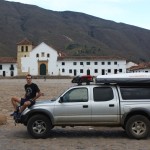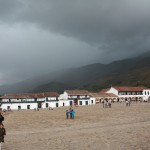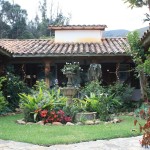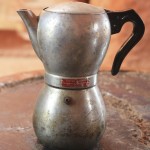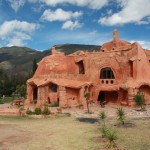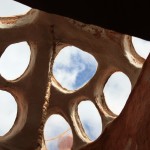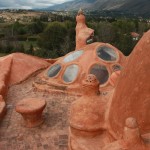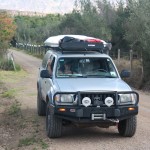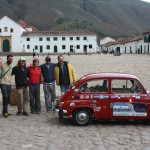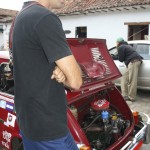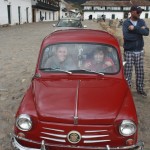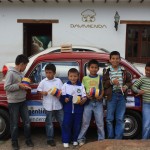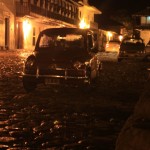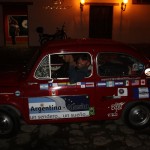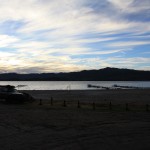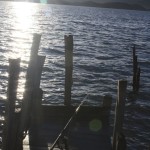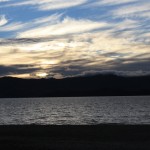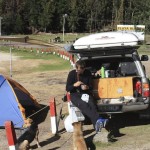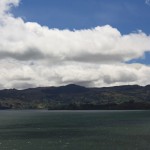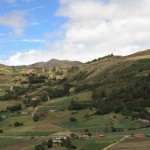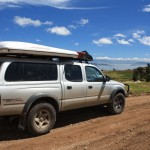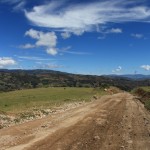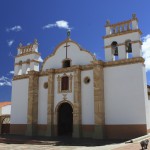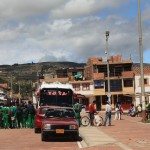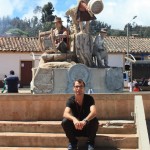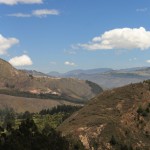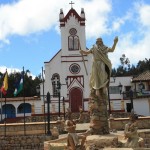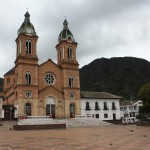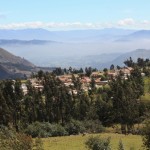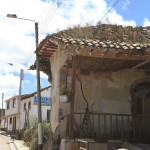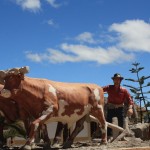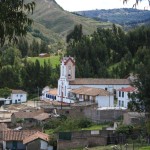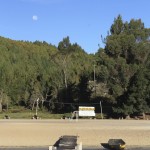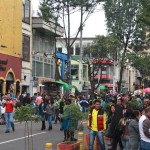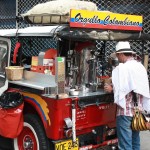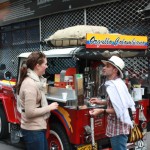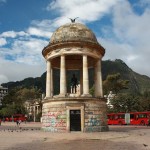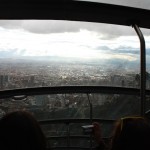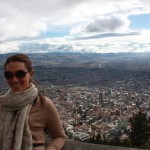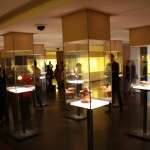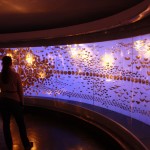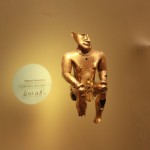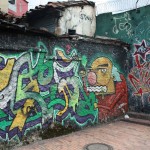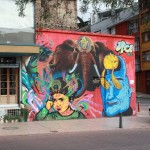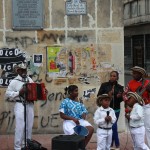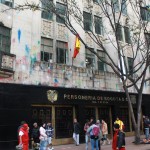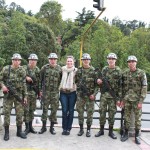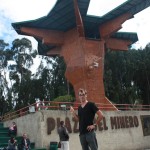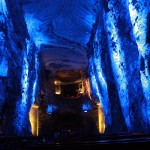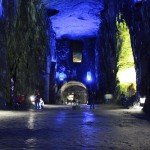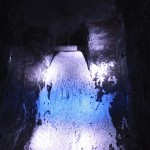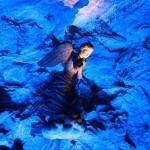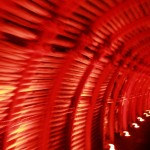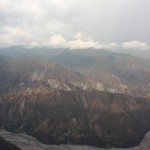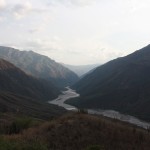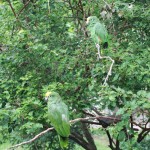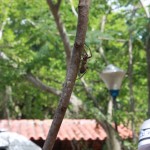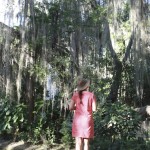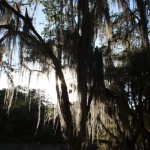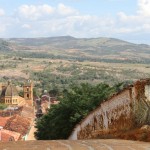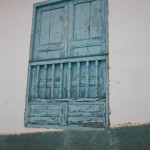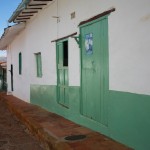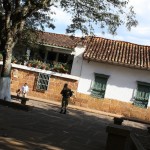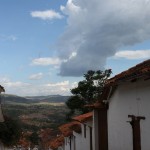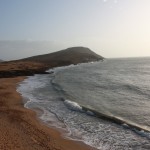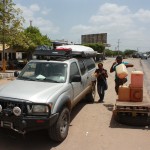A friend of mine once told me how much she liked transitions, getting warm after being cold for example. As we crossed from a bumpy dirt road to a paved road heading to Colombia’s Valley of the Sun, I was thinking about her and how much I agreed. Especially because it looked like we didn’t need to be on said dirt road to begin with. The transition from Villa de Leyva to Lake Tota (in the Valley of the Sun) also came to mind. One (Villa de Leyva) is a popular place to visit for Colombians and is becoming more popular for foreigners, while the other seems almost untouched by outsiders (although there has been a clear influx of government money to the area). Both are well worth a visit.
Villa de Leyva
- Villa de Leyva central square
We pitched a tent at Colombian Highlands Hostel. The hostel has great communal space as well as a hike starting at the back of the property to a lookout of Villa de Leyva.
- Colombian Highlands Hostel
The hostel provided us with a map of ample places to visit in the nearby countryside, so we took a little tour. The clay house you see in the photos was surprisingly interesting if only for the ancient Italian coffee maker we discovered. The first words out of George’s mouth were, “Should we buy it?”.
- What did we find in the mud house? An ancient Italian coffee maker still in working condition.
- A clay house just out of town
As dusk approached, we pulled up to the central square. As luck would have it, four other overlanders would soon follow: Argentina Alaska (in a fiat) and A Million Elephants.
- Chance overlander meeting in the central square.
The Valley of the Sun (‘Sugamuxi’)
This is the area around Lago de la Tota (Lake Tota). Small colonial towns rim the lake. You’ll also find a white sand Andean beach (Playa Blanca) at 3015 meters which of course we camped on. It’s hard to describe the feeling I had driving through the lush rolling hills around the lake. It looks like just about everything is grown in the fertile soil. If you’re looking for excitement, don’t visit. If you’re looking for authentic Colombian villages and some high Andean camping, please visit.



